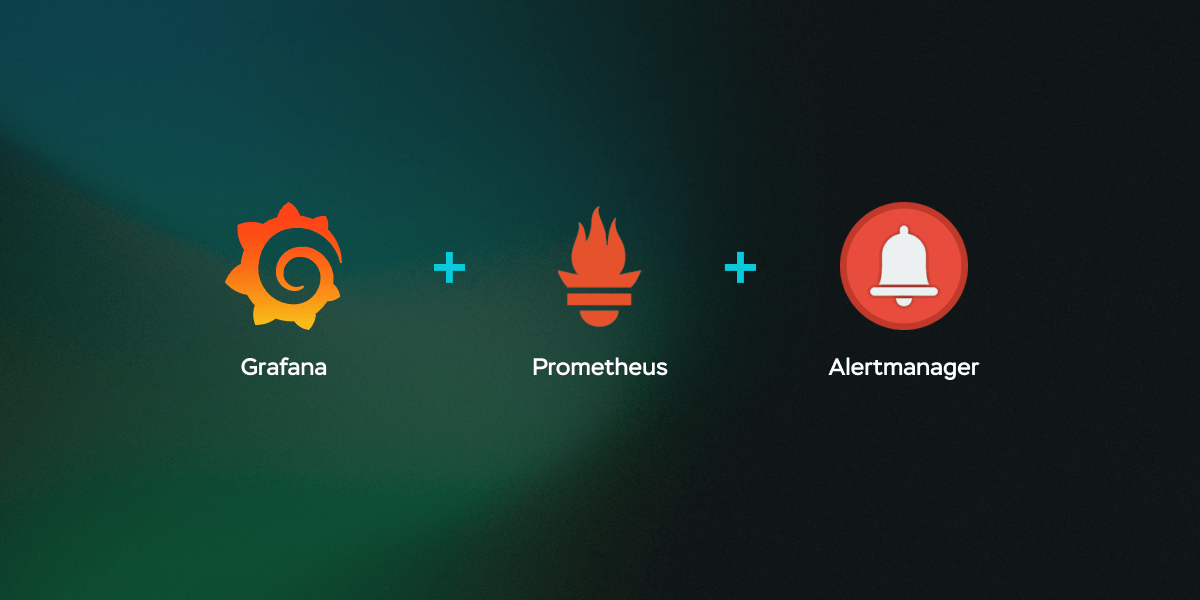1
2
3
4
5
6
7
8
9
10
11
12
13
14
15
16
17
18
19
20
21
22
23
24
25
26
27
28
29
30
31
32
33
34
35
36
37
38
39
40
41
42
43
44
45
46
47
48
49
50
51
52
53
54
55
56
57
58
59
60
61
62
63
64
65
66
67
68
69
70
71
72
73
74
75
76
77
78
79
80
81
82
83
84
85
86
87
88
89
90
91
92
93
94
95
96
97
98
99
100
101
102
103
104
105
106
107
108
109
110
111
112
113
114
115
116
117
118
119
120
121
122
123
124
125
126
127
128
129
130
131
132
133
134
135
136
137
138
139
140
141
142
143
144
145
146
147
148
149
150
151
152
153
154
155
156
157
158
159
160
161
162
163
164
165
166
167
168
169
170
171
172
173
174
175
176
177
178
179
180
181
182
183
184
185
186
187
188
189
190
191
192
193
194
195
196
197
198
199
200
201
202
203
204
205
206
207
208
209
210
211
212
213
214
215
216
217
218
219
220
221
222
223
224
225
226
227
228
229
230
231
232
233
234
235
236
237
238
239
240
241
242
243
244
245
246
247
248
249
250
251
252
253
254
255
256
257
258
259
260
261
262
263
264
265
266
267
268
269
270
271
| NAME
ls - list directory contents
SYNOPSIS
ls [OPTION]... [FILE]...
DESCRIPTION
List information about the FILEs (the current directory by
default). Sort entries alphabetically if none of -cftuvSUX nor
--sort is specified.
Mandatory arguments to long options are mandatory for short
options too.
-a, --all
do not ignore entries starting with .
-A, --almost-all
do not list implied . and ..
--author
with -l, print the author of each file
-b, --escape
print C-style escapes for nongraphic characters
--block-size=SIZE
with -l, scale sizes by SIZE when printing them; e.g.,
'--block-size=M'; see SIZE format below
-B, --ignore-backups
do not list implied entries ending with ~
-c with -lt: sort by, and show, ctime (time of last change of
file status information); with -l: show ctime and sort by
name; otherwise: sort by ctime, newest first
-C list entries by columns
--color[=WHEN]
color the output WHEN; more info below
-d, --directory
list directories themselves, not their contents
-D, --dired
generate output designed for Emacs' dired mode
-f same as -a -U
-F, --classify[=WHEN]
append indicator (one of */=>@|) to entries WHEN
--file-type
likewise, except do not append '*'
--format=WORD
across -x, commas -m, horizontal -x, long -l, single-column
-1, verbose -l, vertical -C
--full-time
like -l --time-style=full-iso
-g like -l, but do not list owner
--group-directories-first
group directories before files
-G, --no-group
in a long listing, don't print group names
-h, --human-readable
with -l and -s, print sizes like 1K 234M 2G etc.
--si likewise, but use powers of 1000 not 1024
-H, --dereference-command-line
follow symbolic links listed on the command line
--dereference-command-line-symlink-to-dir
follow each command line symbolic link that points to a
directory
--hide=PATTERN
do not list implied entries matching shell PATTERN
(overridden by -a or -A)
--hyperlink[=WHEN]
hyperlink file names WHEN
--indicator-style=WORD
append indicator with style WORD to entry names: none
(default), slash (-p), file-type (--file-type), classify
(-F)
-i, --inode
print the index number of each file
-I, --ignore=PATTERN
do not list implied entries matching shell PATTERN
-k, --kibibytes
default to 1024-byte blocks for file system usage; used
only with -s and per directory totals
-l use a long listing format
-L, --dereference
when showing file information for a symbolic link, show
information for the file the link references rather than
for the link itself
-m fill width with a comma separated list of entries
-n, --numeric-uid-gid
like -l, but list numeric user and group IDs
-N, --literal
print entry names without quoting
-o like -l, but do not list group information
-p, --indicator-style=slash
append / indicator to directories
-q, --hide-control-chars
print ? instead of nongraphic characters
--show-control-chars
show nongraphic characters as-is (the default, unless
program is 'ls' and output is a terminal)
-Q, --quote-name
enclose entry names in double quotes
--quoting-style=WORD
use quoting style WORD for entry names: literal, locale,
shell, shell-always, shell-escape, shell-escape-always, c,
escape (overrides QUOTING_STYLE environment variable)
-r, --reverse
reverse order while sorting
-R, --recursive
list subdirectories recursively
-s, --size
print the allocated size of each file, in blocks
-S sort by file size, largest first
--sort=WORD
change default 'name' sort to WORD: none (-U), size (-S),
time (-t), version (-v), extension (-X), name, width
--time=WORD
select which timestamp used to display or sort; access time
(-u): atime, access, use; metadata change time (-c): ctime,
status; modified time (default): mtime, modification; birth
time: birth, creation;
with -l, WORD determines which time to show; with
--sort=time, sort by WORD (newest first)
--time-style=TIME_STYLE
time/date format with -l; see TIME_STYLE below
-t sort by time, newest first; see --time
-T, --tabsize=COLS
assume tab stops at each COLS instead of 8
-u with -lt: sort by, and show, access time; with -l: show
access time and sort by name; otherwise: sort by access
time, newest first
-U do not sort directory entries
-v natural sort of (version) numbers within text
-w, --width=COLS
set output width to COLS. 0 means no limit
-x list entries by lines instead of by columns
-X sort alphabetically by entry extension
-Z, --context
print any security context of each file
--zero end each output line with NUL, not newline
-1 list one file per line
--help display this help and exit
--version
output version information and exit
The SIZE argument is an integer and optional unit (example: 10K is
10*1024). Units are K,M,G,T,P,E,Z,Y,R,Q (powers of 1024) or
KB,MB,... (powers of 1000). Binary prefixes can be used, too:
KiB=K, MiB=M, and so on.
The TIME_STYLE argument can be full-iso, long-iso, iso, locale, or
+FORMAT. FORMAT is interpreted like in date(1). If FORMAT is
FORMAT1<newline>FORMAT2, then FORMAT1 applies to non-recent files
and FORMAT2 to recent files. TIME_STYLE prefixed with 'posix-'
takes effect only outside the POSIX locale. Also the TIME_STYLE
environment variable sets the default style to use.
The WHEN argument defaults to 'always' and can also be 'auto' or
'never'.
Using color to distinguish file types is disabled both by default
and with --color=never. With --color=auto, ls emits color codes
only when standard output is connected to a terminal. The
LS_COLORS environment variable can change the settings. Use the
dircolors(1) command to set it.
Exit status:
0 if OK,
1 if minor problems (e.g., cannot access subdirectory),
2 if serious trouble (e.g., cannot access command-line
argument).
AUTHOR
Written by Richard M. Stallman and David MacKenzie.
REPORTING BUGS
GNU coreutils online help:
<https://www.gnu.org/software/coreutils/>
Report any translation bugs to
<https://translationproject.org/team/>
COPYRIGHT
Copyright © 2025 Free Software Foundation, Inc. License GPLv3+:
GNU GPL version 3 or later <https://gnu.org/licenses/gpl.html>.
This is free software: you are free to change and redistribute it.
There is NO WARRANTY, to the extent permitted by law.
SEE ALSO
dircolors(1)
Full documentation <https://www.gnu.org/software/coreutils/ls>
or available locally via: info '(coreutils) ls invocation'
COLOPHON
This page is part of the coreutils (basic file, shell and text
manipulation utilities) project. Information about the project
can be found at ⟨http://www.gnu.org/software/coreutils/ If you
have a bug report for this manual page, see
⟨http://www.gnu.org/software/coreutils/ This page was obtained
from the tarball coreutils-9.6.tar.xz fetched from
⟨http://ftp.gnu.org/gnu/coreutils/ on 2024-02-02. If you
discover any rendering problems in this HTML version of the page,
or you believe there is a better or more up-to-date source for the
page, or you have corrections or improvements to the information
in this COLOPHON (which is not part of the original manual page),
send a mail to man-pages@man7.org
|



